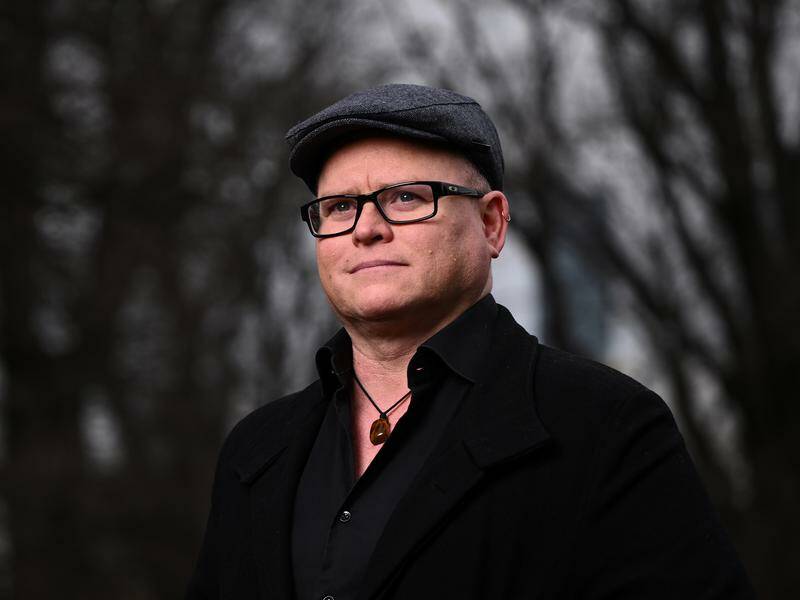
A growing number of employees are calling on employers to take decisive action against workplace burnout, with a recent survey indicating that 88 percent of Australians see the issue as critical. This plea comes as mental health struggles increasingly affect productivity and morale in the workplace, prompting experts to advocate for systemic changes rather than reactive measures.
Craig Juerchott, a corporate manager, experienced the detrimental effects of burnout firsthand. After enduring 60-hour weeks and absorbing the workloads of three departed colleagues, he found himself in a prolonged state of stress. “The thing with burnout is it’s very insidious, and you don’t really know how it’s affecting you until it’s too late,” Mr. Juerchott explained. After seeking medical help, he learned that his condition was a result of sustained high expectations and a lack of support.
Following his departure from a high-profile firm, Mr. Juerchott spent several weeks in hospital. More than a decade later, he emphasizes the importance of managing mental health and minimizing stress. He asserts that speaking out about his experiences ultimately hindered his career, even within an organization that offered mental health training. “Support needs to be built into the system, not just a tick-the-box initiative,” he stated.
The findings of a recent Beyond Blue survey, which canvassed 1,000 Australians, reveal that two-thirds of respondents view burnout as a systemic issue rather than a personal failing. Participants identified factors such as excessive workloads, insufficient managerial support, and inflexible working conditions as contributors to burnout.
The World Health Organization classifies burnout as an “occupational phenomenon,” characterized by feelings of exhaustion, negativity towards one’s job, and decreased professional efficacy. While there are no definitive government statistics on the prevalence of burnout in Australia, Beyond Blue estimates that approximately half of the workforce experiences burnout within a 12-month period.
Georgie Harman, the chief executive of Beyond Blue, emphasized the need for workplaces to move beyond mere awareness of burnout. “What people are starting to say is we don’t want just awareness about these issues; we want workplaces to take pragmatic and practical actions,” she stated. Creating positions with manageable workloads and clear responsibilities, along with appointing leaders who actively engage with their teams, can significantly improve the situation.
Dr. Bichen Guan, a lecturer at La Trobe University, noted that many employers are aware of burnout but often adopt an “ad hoc” approach to addressing it. While providing support through employee assistance programs is important, she argues that organizations must tackle the root causes. “It’s important to provide those kinds of ad hoc supports, but the most important thing is to solve the problem,” she explained.
The research also highlighted the emotional disconnect felt by many employees, with 44 percent reporting feelings of loneliness at work and 18 percent fearing that their colleagues do not support them. This sense of isolation can exacerbate burnout, as individuals may lack the energy or resources to foster supportive connections within their workplace.
Mr. Juerchott encourages individuals struggling with burnout to reach out to friends, family, or medical professionals. “Don’t feel like it’s going to be a gigantic mountain to climb because there are other people who are standing back at the base,” he advised. Speaking out can foster understanding and support, creating a more resilient and connected work environment.
As organizations increasingly recognize the significance of mental health in the workplace, the call for meaningful action against burnout continues to grow. The time for change is now, as both employees and employers work together to create healthier work environments that prioritize mental well-being.






